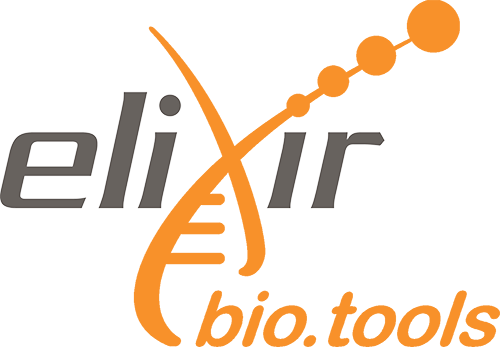e-learning
Protein target prediction of a bioactive ligand with Align-it and ePharmaLib
Abstract
Historically, the pharmacophore concept was formulated in 1909 by the German physician and Nobel prize laureate Paul Ehrlich. According to the International Union of Pure and Applied Chemistry (IUPAC), a pharmacophore is defined as “an ensemble of steric and electronic features that is necessary to ensure the optimal supramolecular interactions with a specific biological target and to trigger (or block) its biological response”. Starting from the cocrystal structure of a non-covalent protein–ligand complex (e.g. Figure 1), pharmacophore perception involves the extraction of the key molecular features of the bioactive ligand at the protein–ligand contact interface into a single model. These pharmacophoric features mainly include: H-bond acceptor (HACC or A), H-bond donor (HDON or D), lipophilic group (LIPO or H), negative center (NEGC or N), positive center (POSC or P), and aromatic ring (AROM or R) moieties. Moreover, receptor-based excluded spheres (EXCL) can be added in order to mimic spatial constraints of the binding pocket (Figure 2). Once a pharmacophore model has been generated, a query can be performed either in a forward manner, using several ligands to search for novel putative hits of a given target, or in a reverse manner, by screening a single ligand against multiple pharmacophore models in search of putative protein targets.
About This Material
This is a Hands-on Tutorial from the GTN which is usable either for individual self-study, or as a teaching material in a classroom.
Questions this will address
- What is a pharmacophore model?
- How can I perform protein target prediction with a multi-step workflow or the one-step Zauberkugel workflow?
Learning Objectives
- Create an SMILES file of a bioactive ligand.
- Screen the query ligand against a pharmacophore library.
- Analyze the results of the protein target prediction.
Licence: Creative Commons Attribution 4.0 International
Keywords: Computational chemistry
Target audience: Students
Resource type: e-learning
Version: 10
Status: Active
Prerequisites:
Introduction to Galaxy Analyses
Learning objectives:
- Create an SMILES file of a bioactive ligand.
- Screen the query ligand against a pharmacophore library.
- Analyze the results of the protein target prediction.
Date modified: 2024-06-14
Date published: 2022-02-15
Contributors: Aurélien F. A. Moumbock, Helena Rasche, Saskia Hiltemann, Simon Bray
Scientific topics: Computational chemistry
Activity log


